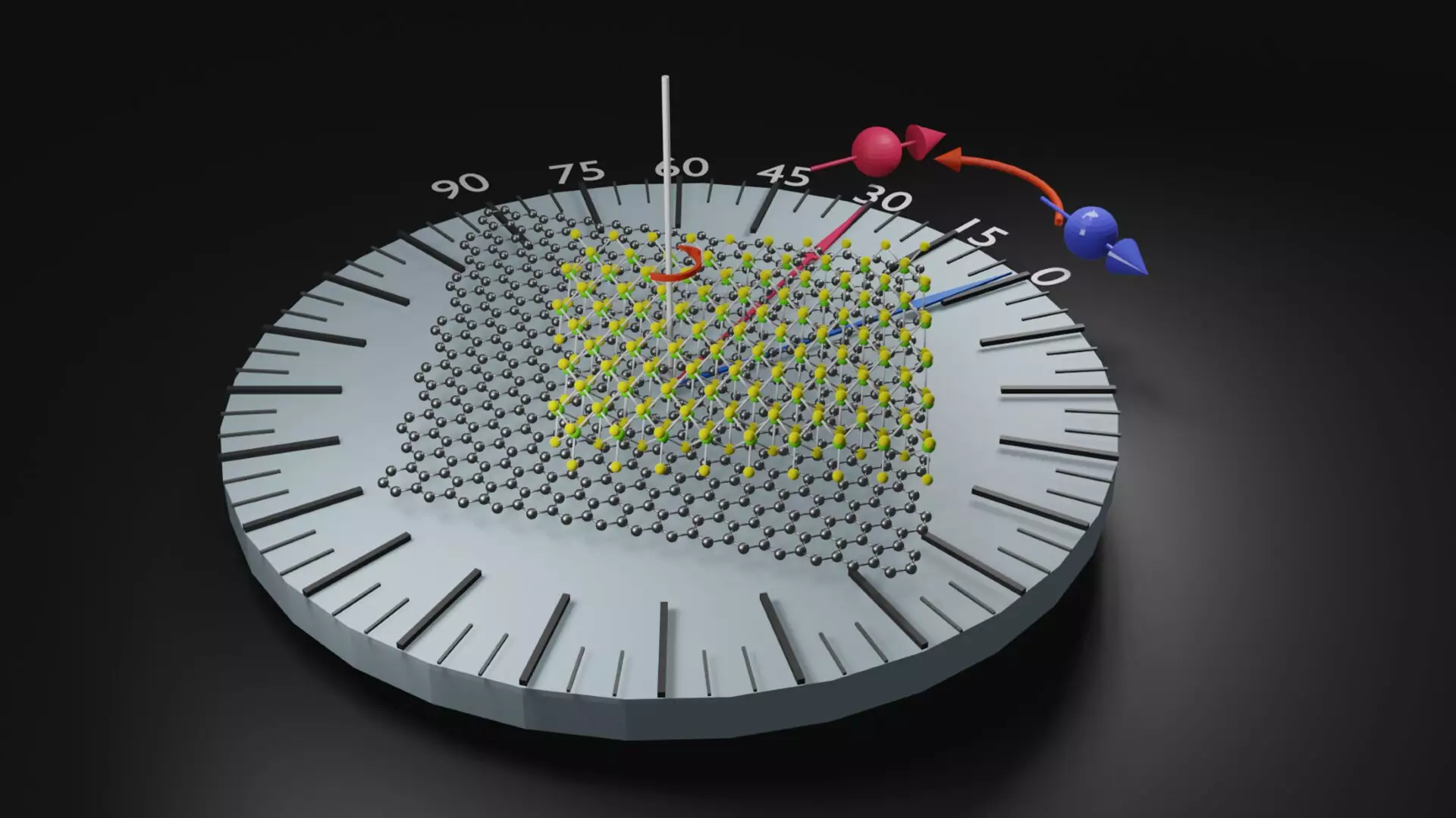Recently, a groundbreaking discovery was made by researchers at CIC nanoGUNE’s Nanodevices group in collaboration with the Charles University of Prague and the CFM (CSIC-UPV/EHU) center in San Sebastian. They have successfully designed a new complex material with emerging properties in the field of spintronics. This discovery, which has been published in the prestigious journal Nature Materials, has the potential to revolutionize the development of electronic devices.
The Impact of Two-Dimensional Materials
The discovery of two-dimensional materials with unique characteristics has sparked a surge of interest among researchers. When two layers of these materials are stacked to form a heterostructure, new effects emerge. It has been observed that minute rotations of these layers can drastically alter the properties of the heterostructure, leading to exciting possibilities in the realm of spintronics.
In their research, the team focused on the stacking of two layers of graphene and tungsten selenide (WSe2). By placing the two layers on top of each other and rotating them at a precise angle, they were able to generate a spin current in a specific direction. This is a significant development, as spin is a key property of electrons and other particles that is typically transferred perpendicular to the electric current.
One of the primary challenges in spintronics is the handling of spin currents. However, the researchers discovered that by using the right materials and applying a precise twist, it is possible to overcome this limitation. This breakthrough opens up a new realm of possibilities in spintronics, allowing for the creation of novel, more efficient electronic devices with enhanced spin-related properties.
The future of spintronics looks promising, thanks to this groundbreaking research. With the ability to manipulate spin currents in a desired direction by stacking two layers of materials and applying a specific twist, researchers can explore new avenues for the development of advanced electronic devices. This discovery paves the way for a new era in material science, where previously unseen properties can be unlocked through the careful manipulation of complex materials.


Leave a Reply